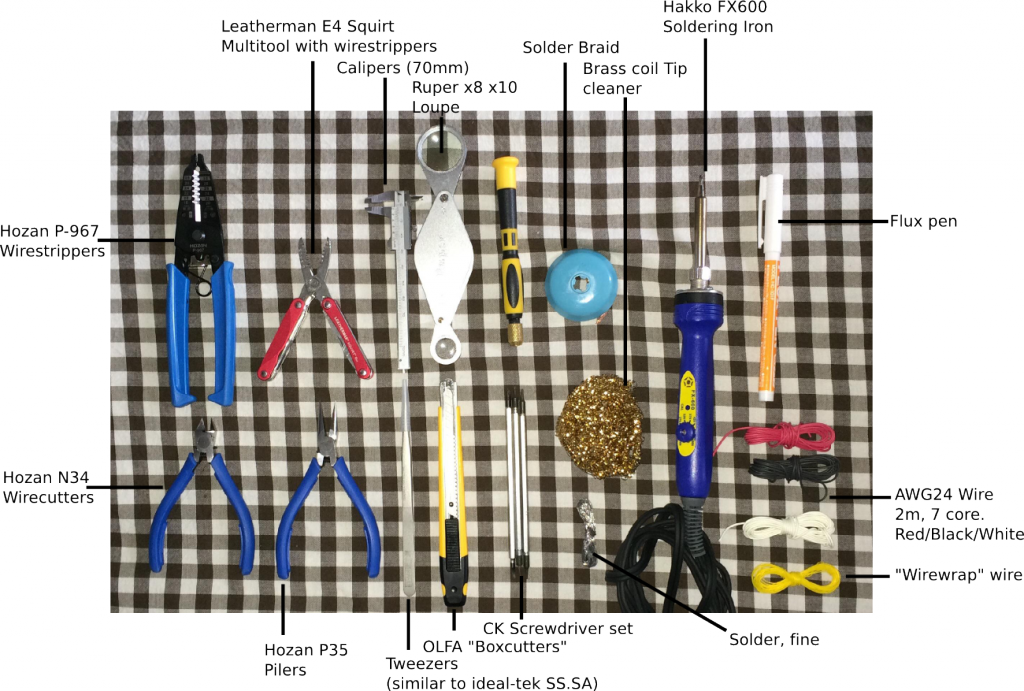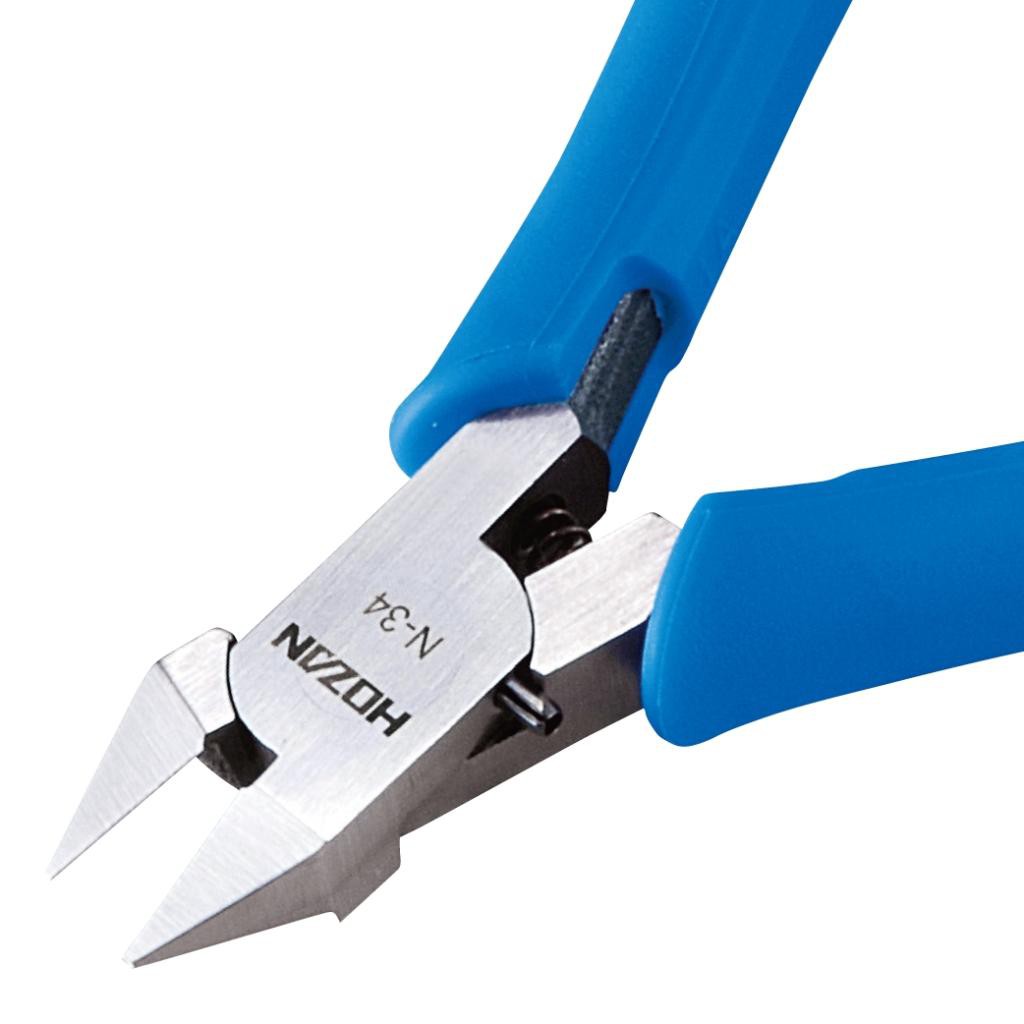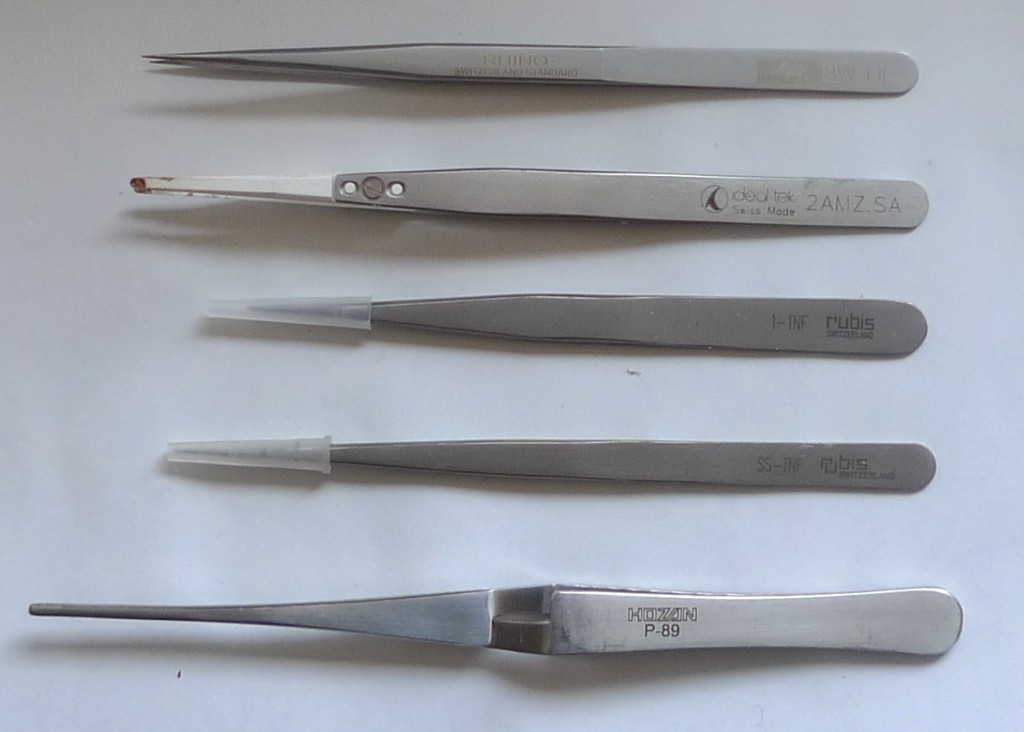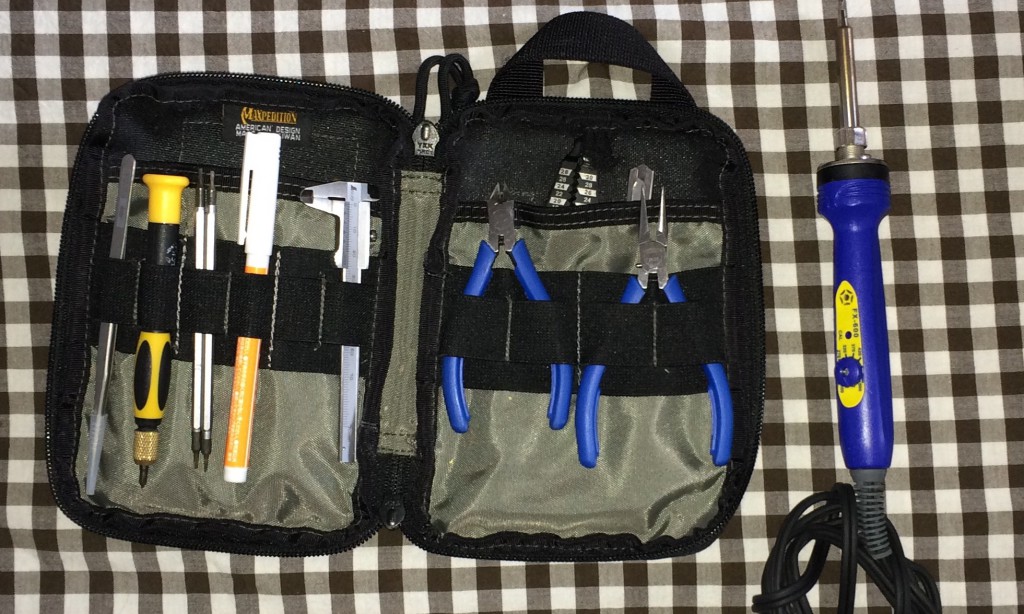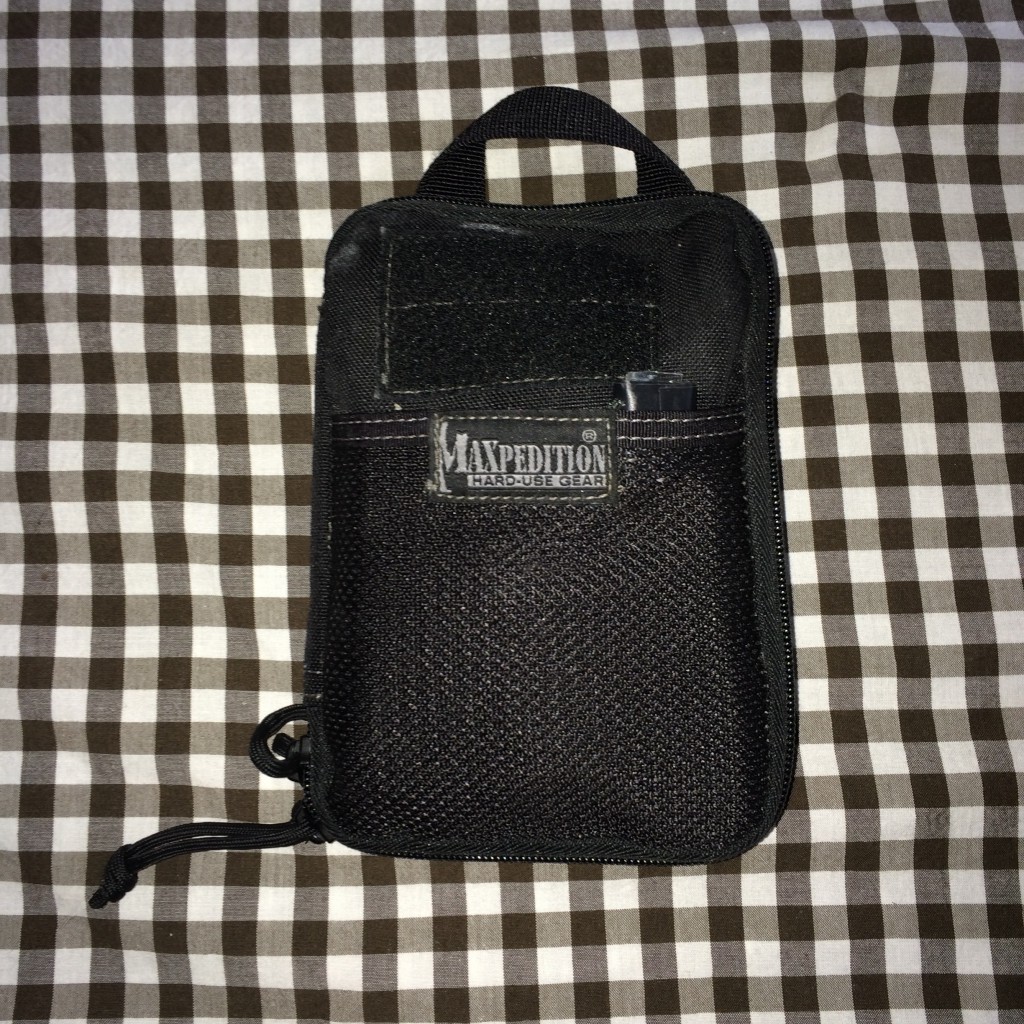Portable electronics toolkit
When I’m working on site I generally carry a small electronics toolkit with me. This is my current kit. I’m mostly using Hozan and Hakko tools.
While these are really great tools, they are a little expensive (about 20USD for the sidecutters). I’d like to put a bunch of these kits together using cheaper alternate tools. The important points for me are:
Side Cutters
A nice flat edge is probably the most important point.
Wire strippers
The P967s go from 18 to 28AWG solid core, or 20 to 30 stranded. I much prefer these fixed wire cutters to self adjusting tools, they never seem to work very well.
Loupe
A loupe is pretty important for inspecting small parts, or reading codes off SMD packages. Mine is x8 and x10 which seems fine. I’d like to find one that was a little better this has significant chromatic aberration. The triplet loupes seem better.
Soldering Iron
I use an Hakko FX888 on my bench, and an FX600 in my kit. The FX600 is actually a little bulky and I don’t always carry it, but it uses the same tips as th FX888 (and a bunch of other Hakko compatible irons) so you can use nice high quality tips with it.
Tweezers
Tweezers are a whole world unto themselves. I don’t feel qualified to write in detail about tweezers here. The image below shows a selection:
The top set are labeled “Rhino Switzerland Standard SW-11”, they are cheap Shenzhen specials. But they’re pretty good, I think they cost about 1USD. At the ultralow end there’s a huge variation in quality. You’ll need to shop around, but these are reasonable everyday tweezers particularly if you don’t want to worry about being too careful with them. They’re fine for general work, placing SMD components etc.
Below that we have idealtek 2AMZ.SA ceramic tip tweezers. Ceramic tips are nice, they can withstand high temperature without warping and don’t conduct heat too well. These tweezers have a huge tip, they’re good for picking up larger components connected to a ground plain.
The next 2 tweezers are Rubis TNFs. Rubis generally manufacture tweezers for the cosmetics industry! But I think these are aimed more at the engineering/manufacturing market and they seem to have gained a following here in Japan. The “TNF” means Titanium. As such they are able withstand very high temperatures, and come to a fine point (unlike the ceramic tips). The slim line TNF tweezers (SS-TNF) are my current favorite.
The Hozan P-89s are nothing special. These are inverted tweezers which can be used for holding wires in place etc. Handy to carry around to help you clamp something in place while soldering.
Other tools
The wire is pretty standard wirewrap and hookup wire. Calipers are handy. The Pilers are unserrated and used to bending component legs etc.. Solder is 60/40 fine gauge (0.35mm I think), I should also keep some larger gauge for through hole stuff. Solder braid is pretty standard, as is the Flux pen.
